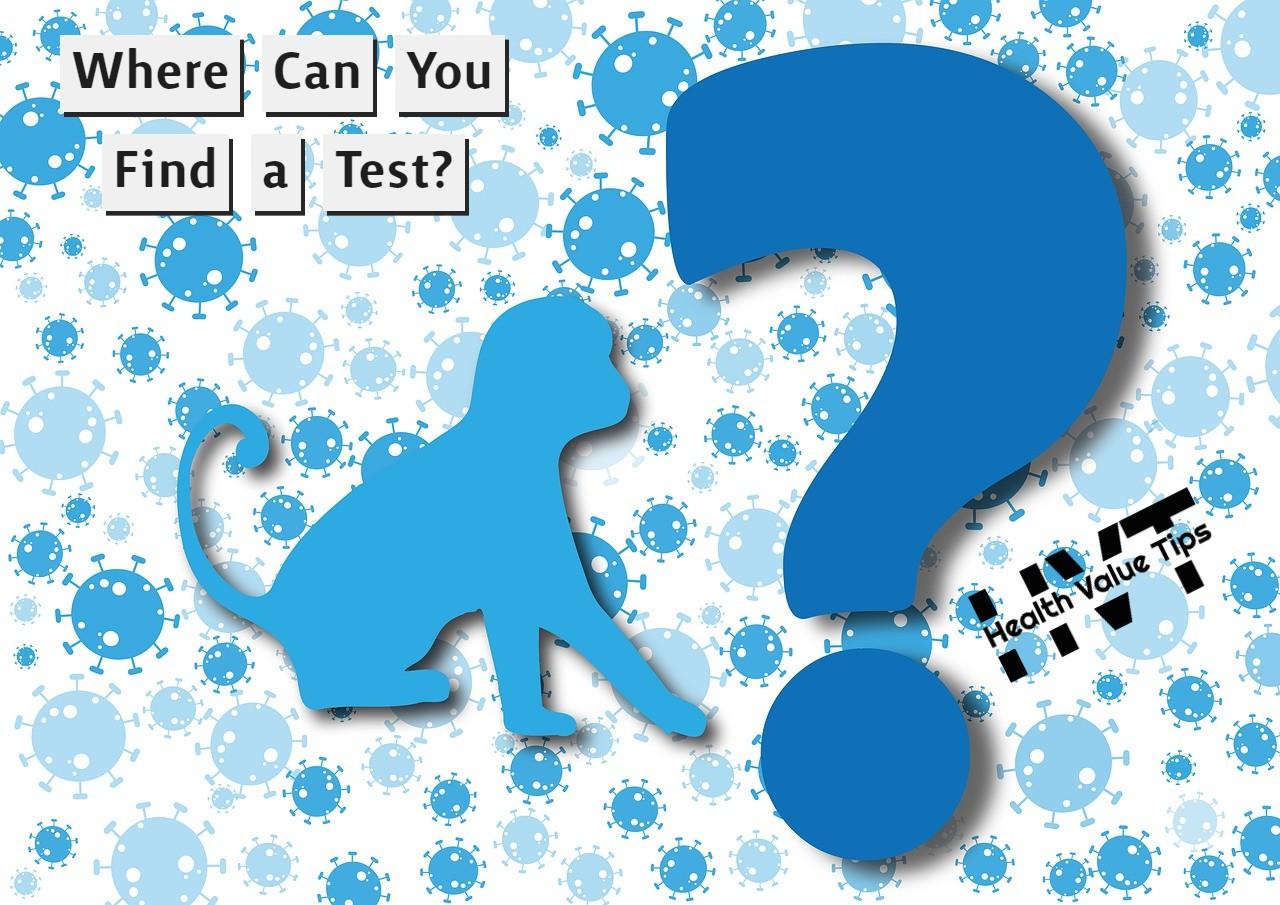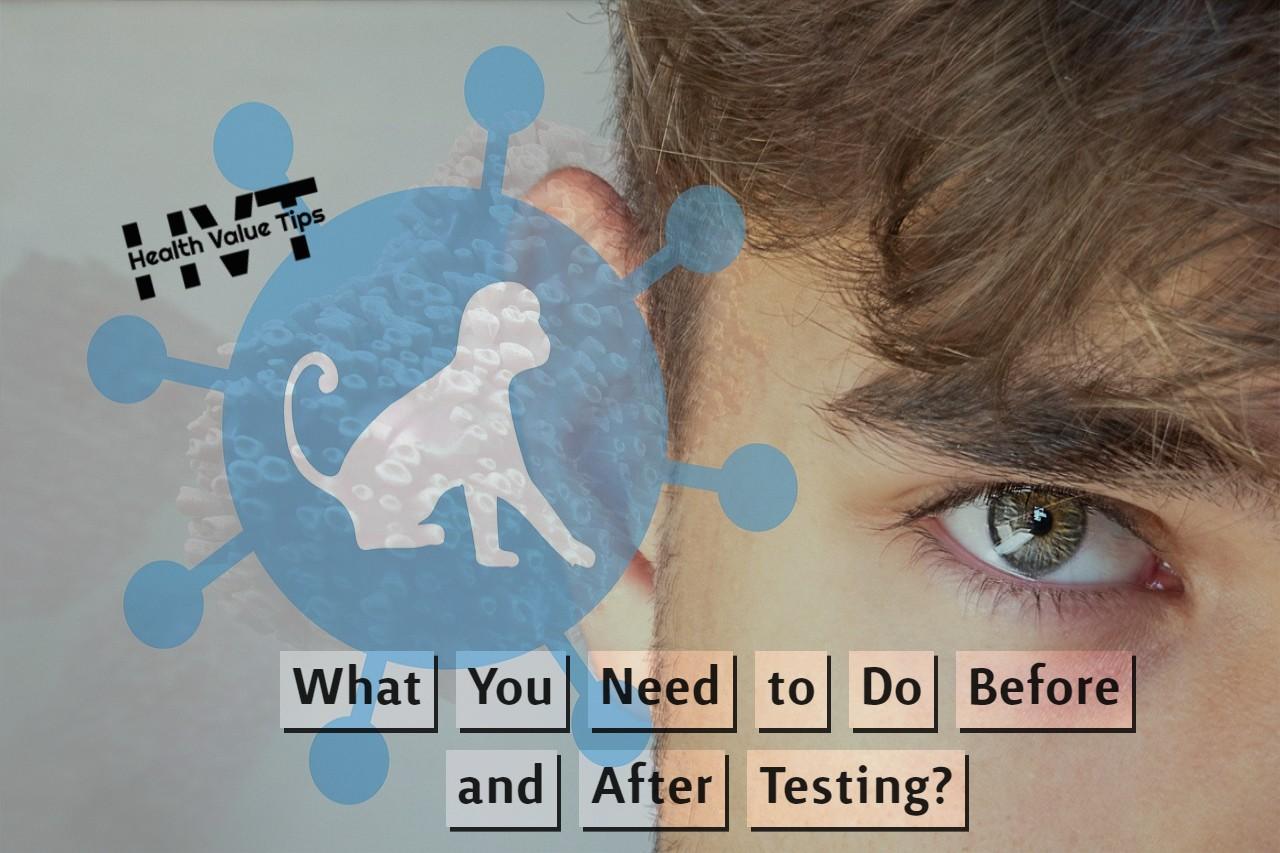Monkeypox 2022 have been verified for More than 10,000 cases in the US. However, officials claim that figure is probably an underestimate because there hasn’t been much testing done since the outbreak started.
People occasionally had trouble accessing exams when they needed them, testing was unnecessary in some cases since lesions must first appear before one can be tested, which typically occurs after it is known that monkeypox is to blame.
Health officials may be in the dark regarding the severity of the outbreak as a result of inadequate testing. The federal government will be able to take fresh actions to contain the epidemic thanks to the public health emergency designation, including increasing testing accessibility and gathering testing information from jurisdictions.
What you need to know about monkeypox testing, including when, why, and how to do it, is provided here.
When Should You Get A Monkeypox 2022 Test?
To find persons who may have been exposed to monkeypox, several communities establish contact tracing programs, people with a history of exposure should limit their interaction with others and keep a watch out for illness symptoms.
Fever, headache, aches and pains in the muscles, and enlarged lymph nodes are early indicators of monkeypox symptoms. Anywhere on the body, including the face, hands, and legs, may develop lesions within a few days. A red rash, pimples, or lumps packed with clear liquid or pus might be the appearance of these. The majority of patients in this epidemic, however, have described simply noticing a few pimples or experiencing internal lesions, such as those in the neck and rectum.
If you find lesions, contact your healthcare provider and request a test to see if you have monkeypox.
Monkeypox can cause early flu-like symptoms in some people days before lesions show up, and the virus can linger in the body asymptomatically for up to two weeks.
Since the test can only find the virus in lesions, there is currently no method to confirm these early instances.
After the characteristic lesions appear, it could seem unnecessary to get tested, but doing so may enable your health provider to treat you or take other pain-relieving measures.

Where Can You Find a Test?
Currently, there isn’t a national website that allows users to look up monkeypox test sites. You can speak with your primary care physician or a nearby urgent care facility to learn where to get a monkeypox test.
There are websites for some states and regions where you may look for testing clinics.
Clinics for sexual health have become crucial in combating the present pandemic. The disease has the appearance of a sexually transmitted infection, and it appears to be spread mostly through sexual intercourse between men. This demographic is frequently already served by sexual health clinics, which might offer some of the privacy that primary care settings lack.
In order to conduct monkeypox testing, the CDC maintains agreements with five private laboratories. Some of them may be recognizable from the COVID-19 testing response, such as Quest, LabCorp, and Aegis Science.
Patients are not charged for any tests conducted by a public health lab. However, that might not be the case if the test is conducted by a for-profit laboratory, like LabCorp or Quest. A charge for the test can be sent to people with inadequate insurance or no insurance. The Biden administration said, however, that it is striving to make monkeypox testing free for the general population.
The federal government was able to enhance monkeypox testing capacity from 6,000 to 80,000 tests per week in July by collaborating with private laboratories and supporting public health labs.
You May Also Like: How To No Longer Infectious If You Have COVID-19
What Should You Expect From a Monkeypox Test?
By wiping a swab across the patient’s sores, medical professionals gather a sample to test for monkeypox. Most of the time, a decent sample may be obtained without needing to pop or break open any lesions.
The polymerase chain reaction (PCR), a method that has been employed throughout the COVID-19 pandemic, is then utilized to examine the sample swabs in a lab.
In order to rule out other, more prevalent illnesses like syphilis and measles that might mimic monkeypox, your doctor may also order a blood test.
The monkeypox cannot yet be tested at home. New methods of testing for monkeypox that don’t need swabbing lesions or waiting for PCR results are being looked into by certain researchers.
The sole medication for monkeypox, tecovirimat (TPOXX), is occasionally only accessible to individuals with a positive test outcome. However, Weatherhead added, if a patient is really unwell and a doctor believes monkeypox is likely to be the cause, they could be able to acquire the medication without a test result.

What You Need to Do Both Before and After Testing?
Patients had to wait up to a week for findings during the start of the U.S. outbreak. Although the turnaround time has decreased, it might still take up to a few days to get results. The Houston health agency will deliver results in approximately 12 hours.
It’s safest to presume you’re infected unless it’s proven otherwise as you wait for your test results. This entails keeping a watchful check on your symptoms, avoiding close contact with people, and using a mask that fits snugly.
A monkeypox test’s likelihood of returning a false negative result is low. Testing is “quite basic” when a patient exhibits lesions and other well-known signs, according to Weatherhead.
If your test is positive and you have a fever or respiratory symptoms like a sore throat, stuffy nose, or cough, you should isolate yourself immediately away.
Skin-to-skin contact is the primary method of transmission for monkeypox. However, it can also be acquired via contaminated bedding, clothes, or shared surfaces.
“Because COVID is airborne, there is a far higher danger of transmission and it is very challenging to truly segregate from humans and stop transmission”, according to Weatherhead.
It’s definitely going to be important to avoid close contact with others and avoid sharing items like sheets and towels… As long as you are physically separated from other people, the danger of transmission is lower.
Although there is evidence that monkeypox may spread by close contact coughing, talking, and breathing, the extent of respiratory transmission is disputed by specialists. Nevertheless, even if you are no longer experiencing flu-like symptoms, the CDC advises using a face mask that fits properly.
Keep all lesions covered if someone needs to leave isolation or is facing an emergency in order to prevent the disease from spreading. Bandages and garments are both suitable for this.
What Next And The Bottom Line?
If you believe you have been exposed to monkeypox, keep an eye out for flu-like symptoms and skin abnormalities. If you acquire lesions, call your doctor or go to a clinic to have a test.


